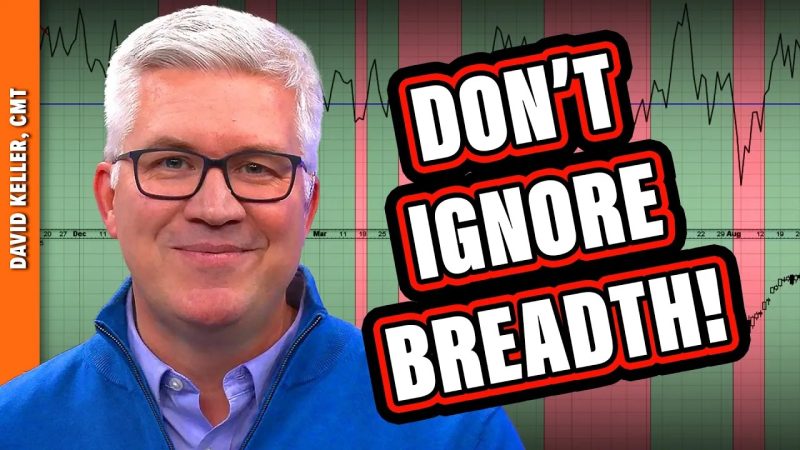1. Advancing-Declining Issues:
The advancing-declining issues indicator is a powerful tool for measuring market breadth. It tracks the number of stocks that are experiencing gains versus those that are declining. This indicator provides valuable insights into the overall health of the market. When a large majority of stocks are advancing, it indicates broad market strength. Conversely, if more stocks are declining than advancing, it could signal weakness in the market. By analyzing this indicator, traders can gauge the level of participation in the market and make informed investment decisions.
2. New Highs-New Lows:
The new highs-new lows indicator is another essential breadth indicator that helps investors assess market sentiment. This indicator compares the number of stocks hitting new highs with those making new lows. When there is a high number of new highs, it suggests that many stocks are trending upwards, indicating robust market strength. On the other hand, an abundance of new lows could indicate underlying weakness in the market. By monitoring this indicator, traders can identify trends and potential opportunities within the market.
3. Trading Volume:
Trading volume is a critical indicator of market breadth as it reflects the level of investor participation in the market. High trading volume indicates increased buying or selling activity, suggesting strong market breadth. Conversely, low trading volume could signal a lack of interest and weaker market breadth. Analyzing trading volume alongside price movements can help traders determine the significance of market moves and anticipate potential trend reversals. By paying attention to trading volume, investors can gain valuable insights into market dynamics and make well-informed trading decisions.
4. McClellan Oscillator:
The McClellan Oscillator is a popular breadth indicator that measures the difference between advancing and declining issues on the NYSE. This indicator is used to identify overbought or oversold conditions in the market. A high McClellan Oscillator reading suggests that the market is overbought, while a low reading indicates oversold conditions. By tracking this oscillator, traders can pinpoint potential turning points in the market and adjust their trading strategies accordingly. The McClellan Oscillator provides valuable insights into market breadth and can help traders navigate volatile market conditions.
5. Put-Call Ratio:
The put-call ratio is a sentiment indicator that measures the ratio of put options to call options traded on the market. A high put-call ratio indicates bearish sentiment, as investors are buying more puts to hedge against potential price declines. Conversely, a low put-call ratio suggests bullish sentiment, as investors are more inclined to buy call options in anticipation of price increases. By monitoring the put-call ratio, traders can gauge market sentiment and identify potential contrarian trading opportunities. This indicator offers valuable insights into investor sentiment and can help traders make informed decisions in the market.
In conclusion, breadth indicators play a crucial role in assessing the overall health of the market and identifying potential trading opportunities. By analyzing a combination of breadth indicators, traders can gain a comprehensive understanding of market dynamics and make well-informed investment decisions. Incorporating these essential breadth indicators into their analysis can help traders navigate volatile market conditions and improve their trading performance.
